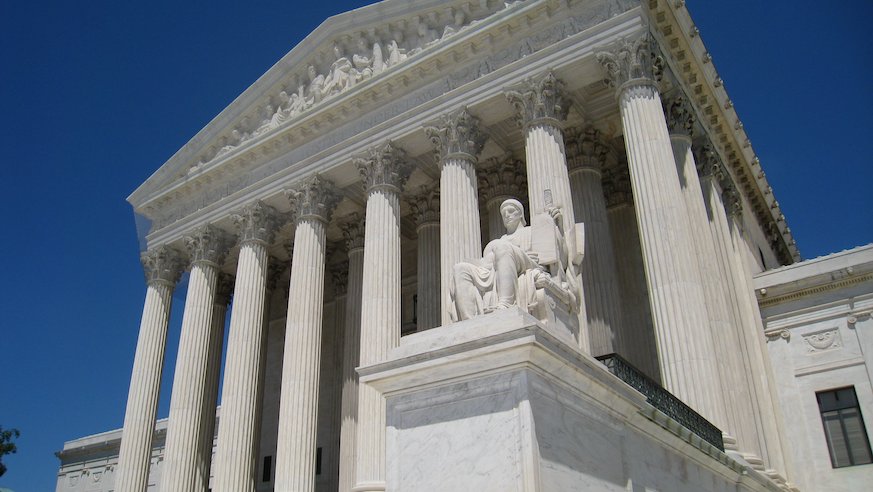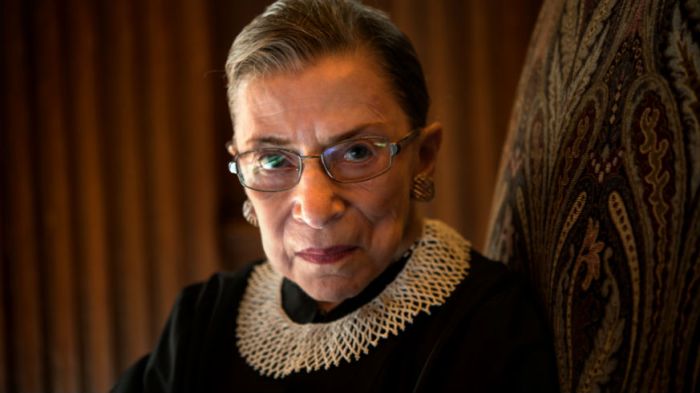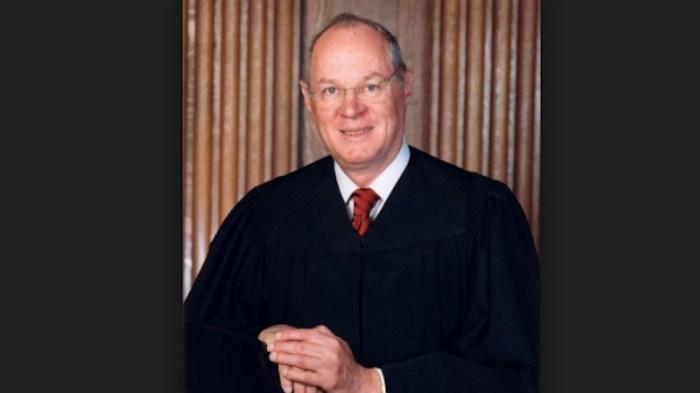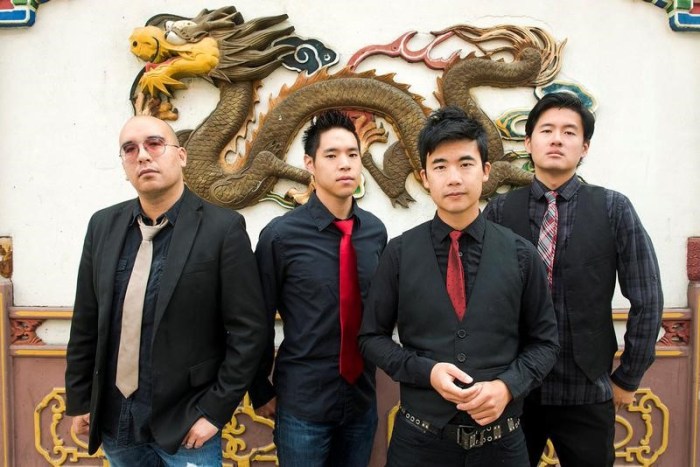The latest Supreme Court vacancy has all eyes trained on the process for a justice’s replacement. We will likely know the finalist for a spot on the bench next week. But where does that name come from? Who appoints Supreme Court justices, and what happens then?
Who appoints Supreme Court justices?
So who appoints Supreme Court justices? That would be the president and the Senate. The president nominates Supreme Court justices. They serve a lifetime term, if approved by the Senate.
This is specified by the Constitution. Article III states that the president “shall nominate, and by and with the Advice and Consent of the Senate, shall appoint Judges of the Supreme Court.” Article II, known as the “appointments clause,” lays out the sequential steps for filling judicial vacancies: First, the nomination by the president; second, the advice and consent of the Senate; and third, the appointment by the president.
The president gets no shortage of outside advice on potential Supreme Court justices. But as a presidential candidate, Donald Trump took the unusual step of releasing a list of 25 judges from which he would fill potential Supreme Court vacancies. It was created by the ultra-conservative Federalist Society. Leonard Leo, the executive vice president of the Federalist Society, took a leave of absence in late June to advise Trump on the replacement for Justice Anthony Kennedy, leading HuffPost to declare, “Trump Isn’t Remaking The Supreme Court. Leonard Leo Is.”
How are Supreme Court justices appointed?
So what happens after the president nominates someone? How are Supreme Court justices appointed? After the president names his Supreme Court nominee, the name is sent to the Senate Judiciary Committee for consideration. The committee schedules a hearing, usually held in about a month, giving the committee time to gather records and do research on the candidate to inform their questioning.
After the hearing, the Judiciary Committee votes to accept or reject the nomination, and sends that recommendation to the Senate. The full Senate then debates the nomination. A simple majority vote of 51 will end debate, and the nominee is also confirmed by a simple majority “yes” vote.

























